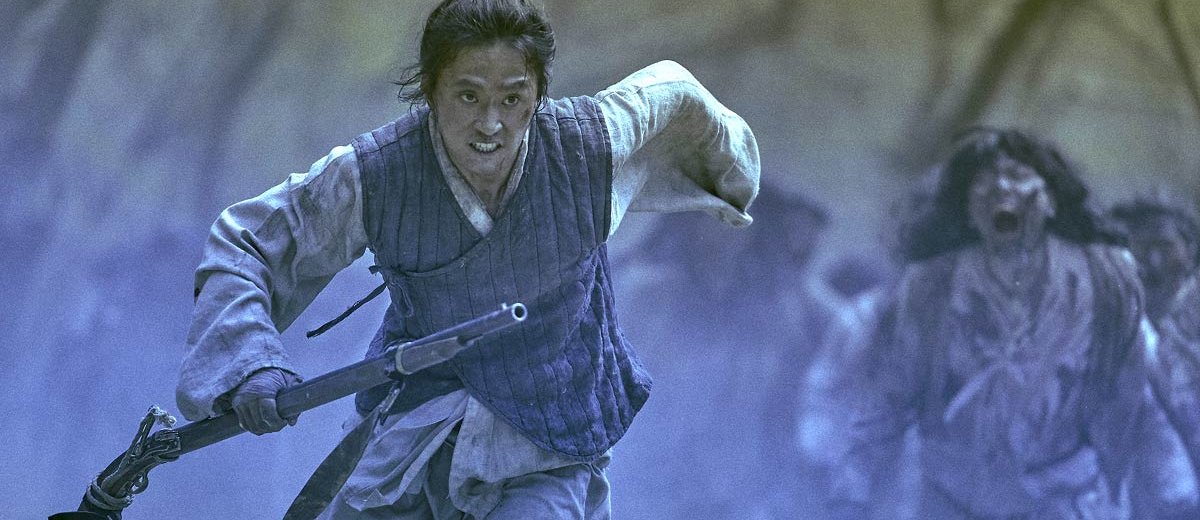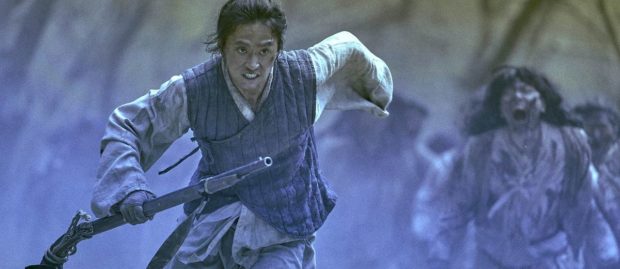
Zombies had taken over the world—the entertainment world, that is. In its heyday, AMC’s TV show “The Walking Dead” was the world’s coolest, most watched TV show, sparking water-cooler conversations and Reddit discussions the day after each episode aired. The show began airing in 2010, and at that time, zombies were everywhere.
It wasn’t always like this. When the late great George Romero unleashed the first “Night of the Living Dead” movie in 1968, it was a black-and-white garage film made on a shoestring budget starring his friends. That film terrified and electrified audiences with its gore and metaphorical tackling of race issues. It spawned a technically superior sequel, “Dawn of the Dead,” in 1978. These zombies were the zombies of pulp lore, reanimated corpses brought back to un-life by some unknown power. Romero made six films in this original series, the last being “Survival of the Dead” in 2009.

Zombies became something of a horror cliché in the 1970s and 1980s, the subject of cheap productions fit only for undiscerning audiences.
But the 2000s changed all that.

Zack Snyder’s 2004 remake of “Dawn of the Dead” and Danny Boyle’s 2003 “28 Days Later” brought about the dawn of the fast zombie, something never seen before. These zombies ran down victims in packs, infecting others with their bites. These zombies were triggered by a pathogen instead of dark magic, and the movies reflected concerns about everything from Ebola to environmental issues to capitalistic overdrive. They also heralded a very stylish, modern take on zombies.

The apotheosis of the zombie fever was represented by the success of “The Walking Dead” on TV. That show began life as a black-and-white comic book foe Image Comics by Robert Kirkman, which followed Rick Grimes and a small band of survivors after a zombie apocalypse. The show, grim and unpredictable, was a worldwide hit, making stars not only of Andrew Lincoln (Rick) but of Danai Gurira (Michonne) and Norman Reedus (Daryl).
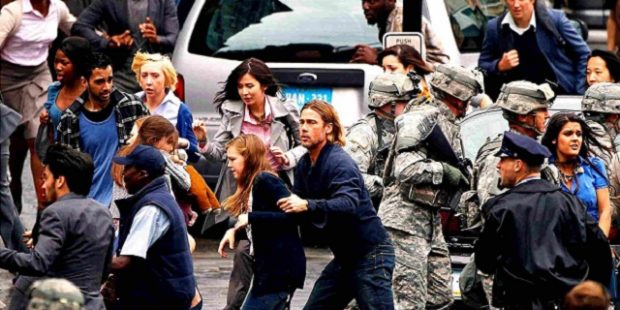
In movies, the cutting-edge depiction of zombies is that found in the 2013 film “World War Z.” Ostensibly based on Max Brooks’ amazing 2006 novel, the film, directed by Marc Foster, diverges heavily from the source material. It follows Brad Pitt as a kind of United Nations special operative as he tries to find the cure to a worldwide, well, zombie apocalypse. Of all the films, it is “World War Z” that literally tackles zombies as the result of both natural disaster and man’s environmental malaise.
By that time, everybody loved and feared zombies. The very phrase “zombie apocalypse” had entered the lexicon, representing fears of a world-ending event, with many even preparing for such an event happening in real life.
Suddenly, zombies were everywhere. While they had been cinematic cult oddities for previous generations, zombies were just part of the cloud for Millennials. Their ubiquity meant they had lost the contrast between monsters and men that had so long defined the genre.
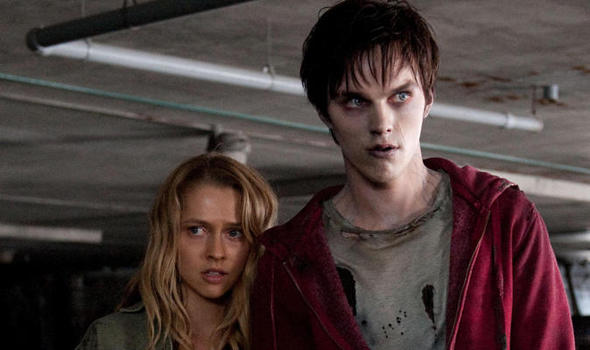
What happened now was that everybody was making zombie movies and shows. The idea now was to do zombies in every possible setting and format. This was sometimes a good thing. Simon Pegg did zombies as the subject of droll Brit humor in the excellent 2004 comedy “Shaun of the Dead.” Ruben Fleischer did the same with American humor in 2009’s “Zombieland.” Zombies became a victim of trends. After the short but intense interest in vampire romance because of “Twilight,” Nicholas Hoult and Teresa Palmer was the zombie–and-human couple in 2013’s “Warm Bodies.” There came the need to explore previously taboo zombie tropes such as zombie children (best represented by Sophia on “The Walking Dead”) and zombie babies (the “Dawn of the Dead” remake). The zombie fad was so strong that when Will Smith starred in the 2007 remake of Richard Matheson’s seminal vampire novel “I Am Legend,” they decided to essentially turn the vampires into zombies. That movie also had a zombie dog, another zombie taboo now overdone. The 2003 film “Fido” posited what it would be to have a zombie person as a pet. For every “The Walking Dead,” you had a dubiously done show like “Z Nation.” And not even “The Walking Dead” could keep up its level of quality. There were zombies in space and zombies in medieval times.
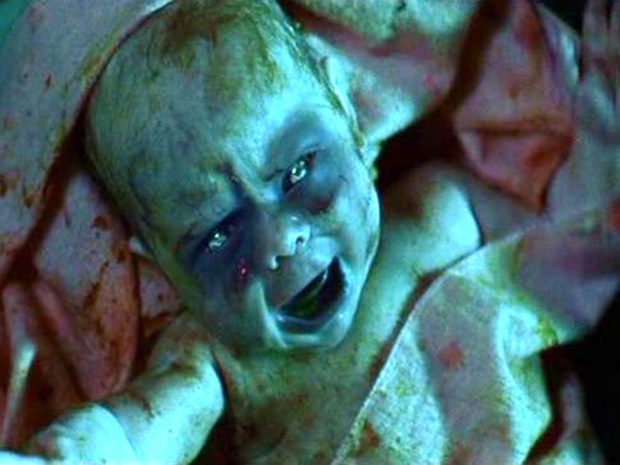
It became a serious challenge to do a novel take on zombies after “World War Z.” Unlike what happened on screen when zombies were always multiplying, they began dying out as far as real life productions were concerned. Movies which could do zombies in a unique fashion survived.
Want zombies on a train? How about zombies on a train in Korea? These two ideas were checked off the list with Yeon Sang-ho’s 2016’s “Train to Busan.” Starring Korean superstar Gong Yoo as an apathetic father accompanying his daughter, “Train to Busan” bucked the trend with its flashy visuals and unique setting. The movie was so successful that an American remake with “Aquaman” director James Wan attached as producer was launched at one point.

It turned out zombie properties still had legs, so long as a different take was done. Want zombies in World War 2? You can watch the 2018 film “Overlord,” thank you very much, as that film reveals the Nazis were experimenting with the undead around D-Day.
But what streaming giant Netflix has figured out is that a good zombie series is a good series, period. What would happen if you devoted a lot of money, critical darling creatives and a popular cast to a zombie show?
You get “Kingdom.”
The Joeson Dynasty is one of the most historic and colorful era in South Korean history, the setting of many a K-drama and K-movie. The lush designs and the complex hierarchy make it evergreen as a filmic property. For many a K-fan, it is instantly recognizable.
Add zombies.
This Netflix Original series got critically acclaimed talent behind the scenes. Director Kim Seong-hun is best known for the moody, edgy drama “The Tunnel.” He brought a very sharp visual style. Writer Kim Eun-hee is best know for her supernatural crime drama “Signal.” She brought complex, layered storytelling.
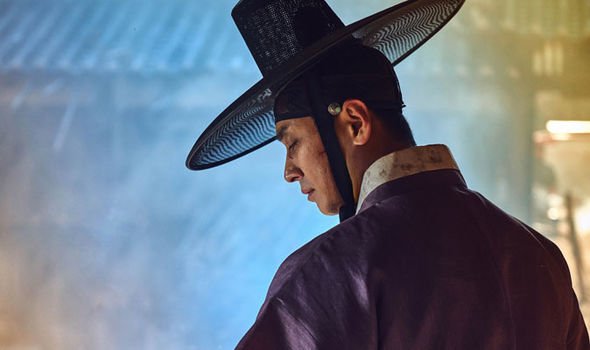
The six-episode series also boasted a stellar cast, beginning with Ju Ji-hoon, who played one crown prince in the seminal 2006 K-drama “Princess Hours,” and now plays yet another crown prince, Chang, in a very different situation. It featured Bae Doo-na, known for her roles in “The Host” and the Hollywood TV show “Sense8,” as the physician Seo-bi, and the veteran character actor Ryu Seung-ryong as the chief councilor Cho Hak-ju.
The show begins with the death of the king, a truth hidden by the villainous Cho Hak-ju, who is intent on keeping the power, by maintaining the lie that the king is still alive, at least long enough for his daughter, the queen (Kim Hye-jun) to give birth to a proper heir. To do this, Cho must marginalize or even eliminate Chang, the bastard son but crown prince. But deep in the provinces, a terrifying disease is spreading, turning people into ravenous zombies, and physician Seo-bi desperately trying to find a cure. In search of the truth about his father, Chang journeys to the province, where he will meet Seo-bi and find himself trying to contain the zombie horde.
“Kingdom” presents some dynamic zombie chases—but it is the infernal politics being manipulated by Cho that take the breath away. The secrets and revelations in the capital of Hanyang, behind the walls of the palace, that terrify and fascinate.
The zombies are presented as a mix of classic and modern zombie tropes. Modern because it’s more of a pathogen that is passed on through ingestion or bites; the zombies are the fastest we’ve seen since “World War Z” and spread the plague within seconds. Like classic zombies, the infected cannot cross fresh water and are afraid of the sun (or are they?). Some of the scenes may be gruesome but they’re shot so well they look awe-inspiring.
“Kingdom” is unique because of how it situates the zombie threat in Korea and during medieval times. But the creators are employing very high-end storytelling devices, and “Kingdom” contrasts not only terrible people with the mindless zombies, but also contrasts the treatment of the rich noblemen with that of the poor peasants. This alternate history of the Joeson era is another fascinating element.
The show may be a little too suspenseful, as the sixth episode ends on a multi-layered cliffhanger. In many ways, the show’s first season would usually just be half the expected seasons, perhaps in a ploy to win over viewers. Fear not, zombie fans, as “Kingdom” has already been renewed for season 2, most likely to be released next year, so we will most likely get a conclusion to all the loose story threads.
With its sophistication and suspense, “Kingdom” represents the final stage of zombie evolution on screen, showing that it takes much, much more now than ever to make a zombie property stand out. It takes this much quality and effort to make a successful zombie screen project now and we are fortunate that we have something like “Kingdom” to prove that zombies can still be new and compelling instead of repeating used ideas. This new species may be at the top of the zombie food chain.
“Kingdom” is now streaming on Netflix.
For K-drama news, follow Super K!
READ: Visiting the zombie infested ‘Kingdom’
Find out the details that the art director paid attention when they were shooting “Kingdom.”
READ: Ju Ji-hoon is fit to be the next king
No aegyos, just pure attitude. Ju Ji-hoon plays the character of the crown prince once again.
READ: ‘Train to Busan’ costume designer is part of ‘Kingdom’
Gweon Yu-jin gives life to the undead once again in this new series.
READ: Be afraid of Bae-Doona
Actress Bae Doo-na is the ace of “Kingdom” for a reason: she kicks zombie behinds!
READ: Baddie gets picked first
Ryu Seong-ryong is the first one to be cast in “Kingdom”. He is the director’s only choice to play the antagonist.

